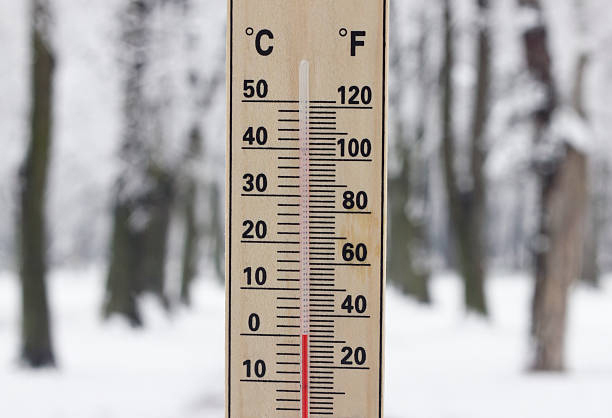Written on: January 1, 2019 by Phillip J. Baratz
If you ask a heating oil dealer for the one thing they would wish for in December and January, my guess is that nine out of 10 would hope for frigid temperatures. The 10th might be someone like me, holding out some misguided belief that his or her team could beat the Patriots in an important late-season game!
Last winter those wishes came true, and along with it was heard the common phrase: Be careful what you wish for. Cold weather is great. Cold weather is welcome. Cold weather is necessary. However, too much cold weather, especially without a break, can tax the delivery systems of companies despite the best forms of planning.
Always Up for a Challenge?
The late-December through mid-January cold snap in the Northeast in 2017 led to a series of challenges. Although most were predictable, they ended up being problematic for dealers. In some cases there were run-outs, in many cases there were fears of run-outs. We saw a lot of homes that simply couldn’t get or stay warm (insulation issues?) and equipment failures that were more common than anyone would have liked.
When it came to the frustrations of run-outs, a lot of people simply pointed to the growing use of remote monitors as a way to know which deliveries were needed, and (of equal importance) which deliveries were not needed. I fervently echo those sentiments and believe that remote monitoring of tank levels would have gone a long way to impact and lower the number of run-outs.
However, I wanted to look at this from a different, perhaps supplementary, angle. I had many conversations last winter about the impact of those few weeks, and how, despite the high number of heating degree days (HDDs), the “damage” it caused really impacted the entire years’ profits and losses. Very often within those conversations, there would be a comment along the lines of: Of course, we knew that there would be run-outs, but I had my guys working 14 hour days, seven days a week. There was simply no way to keep up with the demand. Sure, tank monitors would have helped, but the trucks were out all day long, and we simply couldn’t get to everyone. In other words, the need simply outweighed the ability to deliver.
Supply and Demand
The logic is there. Just too much demand. Really, what could have been done differently? Without the ability to use Uber to request a delivery truck, how do you meet the needs of your delivery tickets when it has been cold for so long?
We have been thinking about deliveries for a long time and wondering why the process of planning hasn’t really changed that much over the years—while all other technologies and efficiencies seem to have improved.

The low temperatures of late 2017 and early 2018 caused major industry supply problems.